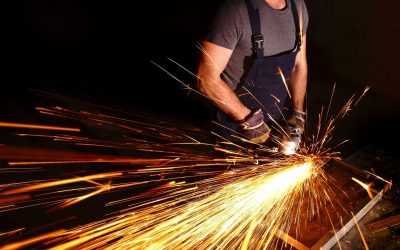Selecting a motor for a location where potentially explosive gases or vapors are present as a normal part of a manufacturing process can be a daunting task. Hazardous locations are operating environments in which explosive or ignitable vapors or dust are present, or are likely to become present. In such environments, you need a special explosion proof motor. Louisiana safety experts will say this is crucial to ensure that any internal fault in the motor will not ignite.
Explosion Proof
“Explosion proof” doesn’t necessarily apply to a motor, just because it operates in a hazardous location. An explosion proof motor is approved for Class I locations. Those are the locations where potentially explosive gases or vapors are present as a normal part of a manufacturing process, instead of an unusual condition. If the hazardous material could result from only a ruptured container or some other unusual condition, then you have a Division 2 location instead.
Motor Classification
A Class I motor tries to contain an explosion within itself without rupturing. After the initial pressure buildup on ignition, the hot gas must cool by passing through long, tight passageways (flame paths) before escaping from the motor. The temperature of gas escaping from the motor will be less than the minimum ignition temperature (MIT) of the gases or vapors in the atmosphere surrounding the motor.
Class Determination
Meaning of motor class designations. Every motor approved for hazardous locations carries an Underwriters’ Laboratories’ label that identifies it as suitable for operation in Class I or Class II locations. Some motors may carry approval for both Class I and Class II locations. The Class identifies the physical characteristics of the hazardous materials present where the motor will operate.
Class I and II
Class I covers gases, vapors, or liquids that are explosive or pose a threat as ignitable mixtures. A familiar example of a Class I material is gasoline. It’s explosive as a vapor and ignitable as a liquid. Class II covers dust. Specifically, it covers conductive dust and dust electrically in amounts sufficient to create explosive mixtures. A prime example of a hazardous dust is wheat flour. As a compact mass, flour burns or smolders.


